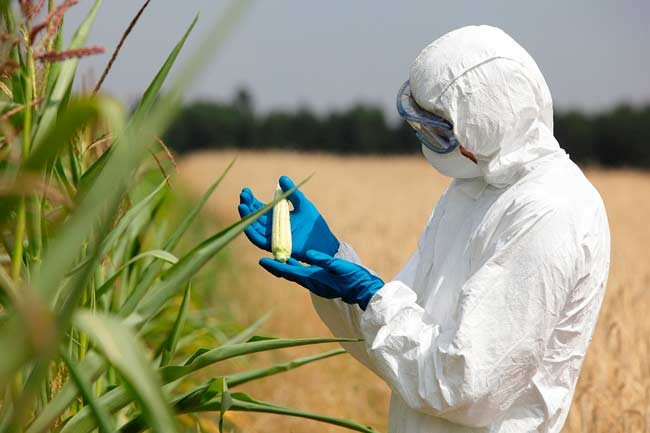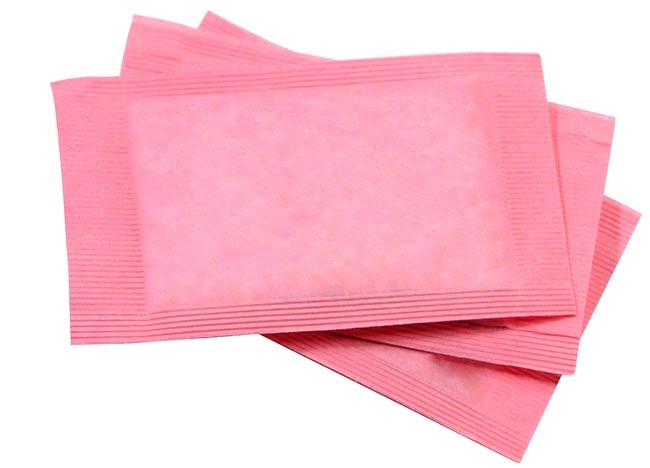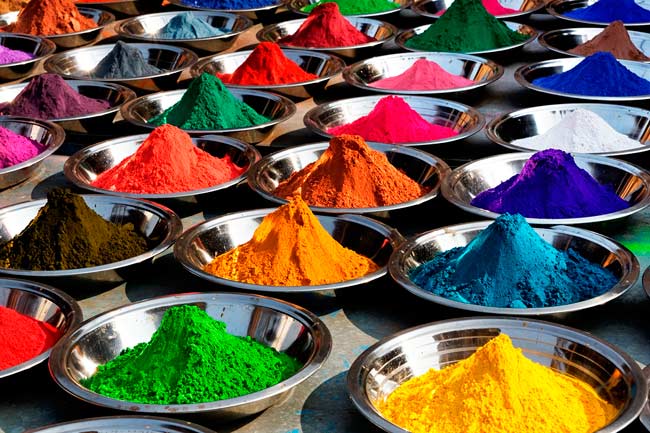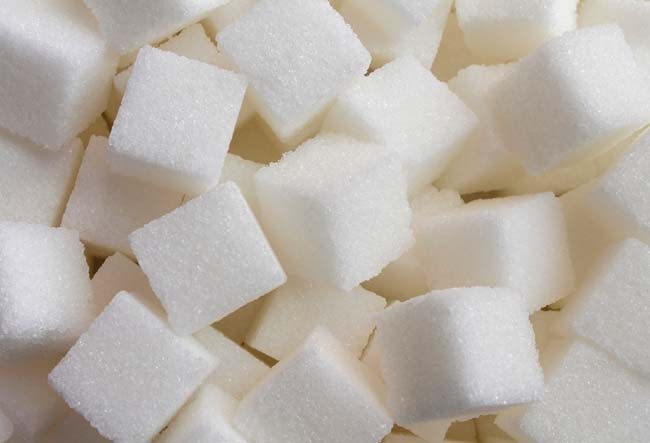- Make It Yourself Lavender Heart-Shaped Bath Bombs!
- 20 Things You Never Knew About “Down There”
- 12 Best Foods For Those Suffering From Arthritis Pain
- 12 Personal Hygiene Mistakes Almost Everyone Makes (Mom Never Told You About #4!)
- 15 Medicinal Plants And Herbs From The Cherokee People
- 12 Mind-Blowing Benefits Of Drinking Coconut Water During Pregnancy
- 12 Outstanding Winter Foods That Won’t Fatten You Up Like A Christmas Turkey
6 Easy Ways to Avoid Eating GMO’s

Photo credit: bigstock
The American people’s awareness of GMO’s (genetically modified organisms) in their food is becoming more and more apparent every day. More and more people are asking the important question, “If there are no labeling requirements, how can I know if the food I am buying contains GMO’s”. In order to help you determine, and avoid, GMO’s here are the 6 top ways you can keep GMO’s out of your kitchen and out of your body as well.
1. Avoid the Number 8
Check your fruits and vegetables carefully. If the PLU code on your produce begins with the number 8, then don’t buy it. Look for those with a 5 digit number beginning with the number of 9, which indicates that it’s organic.
Produce that has only a 4 digit number are conventional, which means they aren’t necessarily GMO, but they are subjected to toxic chemicals and pesticides.
In short, the produce you must avoid will have a 5 digit number that begins with the number 8. All these items are GMO. Read more how to avoid GMO foods in a grocery store.
2. Check Processed Foods
Almost all soy, cottonseed, canola, or corn is now GMO.
Read the labels of the foodstuffs you are buying. Unless it specifically states that it contains organic ingredients, it’s almost certain that they contain GMO foods.
Look carefully at the way your supermarket is arranged.
The center, or middle, aisles are where most processed foods are sold. All those items from crackers to popcorn, cereals, to potato chips are sure to contain some form of GMO so it’s in your best interest to avoid these items, and these aisles, like poison.

Photo credit: bigstock
3. Avoid Artificial Sweeteners
The very popular artificial sweetener aspartame, which is more commonly known by the names Equal, AminoSweet, or NutraSweet, is made by using GMO bacterial types of E.coli.
This means that this artificial sugar substitute is, at its heart, GMO.
Avoid anything that contains aspartame.
Read more about cancer causing food ingredients you are eating every day.

Photo credit: bigstock
4. Check Dairy Products
When it comes to dairy products, you will need to read the labels very carefully.
First, look for dairy that DOES have a label stating “No rBGH”. Then look for dairy that is labeled organic. If it doesn’t list these two items, no rBGH and organic, then do not buy those products. Unless they specifically state that they are organic, they will surely contain GMO’s.
The recombinant bovine growth hormone is created much the same was aspartame is, using GMO breeds of E.coli. This includes non-organic yogurt, milk, ice cream, butter, and cheese.
Something else to remember is that cattle that are not grass fed are eating GMO feed.
5. Be Wary of Sugar
Up to 90 percent of all sugar beets that are grown in America are GMO. This means that unless it specifically states that it comes from sugar cane, sometimes simply listed as “cane” sugar, then its source is surely a GMO sugar beet.
Find out foods that hide sugar.
Avoid products that simply state their ingredient as sugar, without clarification, or if they use words such as sucrose or glucose. Read the labels to be sure they say evaporated cane juice or cane sugar in order to keep GMO sugar out of your food.
If you aren’t sure, use stevia, agave nectar, or xylitol as a safe sugar substitute.

Photo credit: bigstock
6. Check the Additives
Many common food additives such as xanthan gum, lactic acid, dextrose, caramel color, modified food starch, and maltodextrin, are just a few of the “invisible” GMO ingredients that most people wouldn’t normally think of as GMO. There is quite an extensive list, many more than can be listed here.
If you want a list you can check while you are shopping, The Institute for Responsible Technology has a full list of these not readily recognizable GMO ingredients.
Also, be aware that The Non-GMO Project has created a program where food manufactures can become certified that their foods do not contain any GMO ingredients. Look for those foods which bear the “Non GMO Project Verified” labels. This is North Americas only third party standard for avoiding GMO’s. This way you can rest assured that those products are clean and clear of any and all GMO’s.
Sources:


































